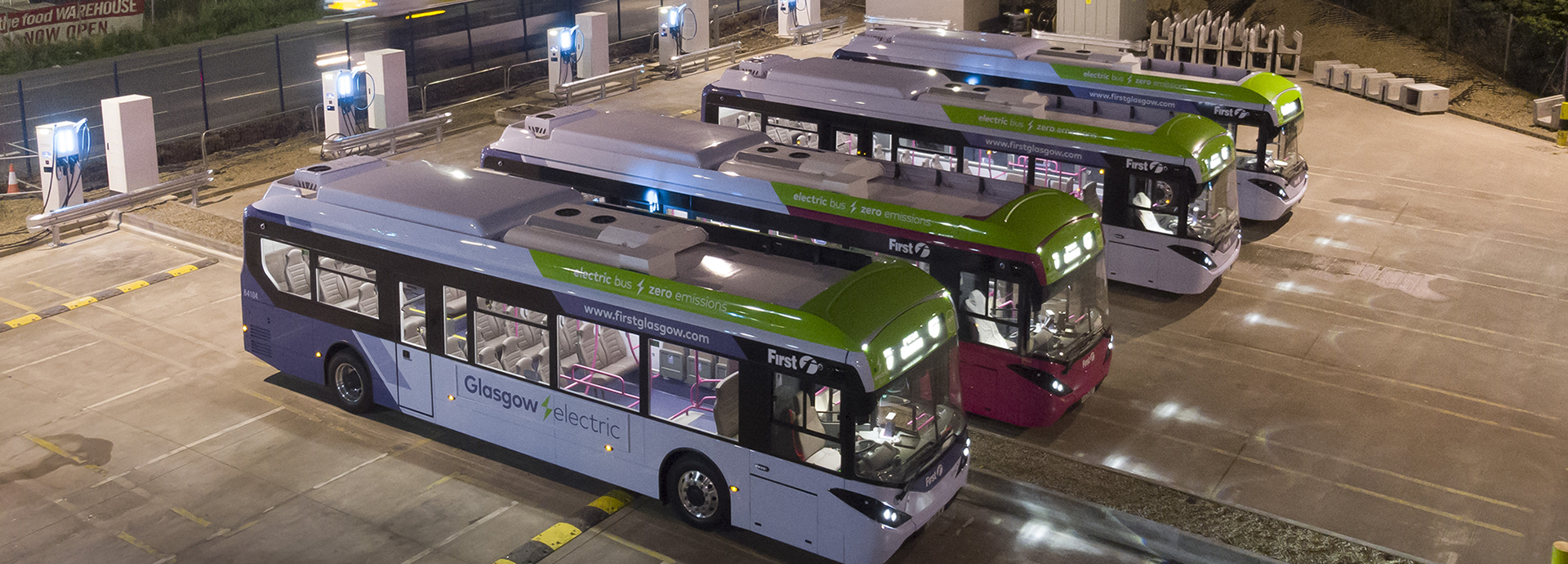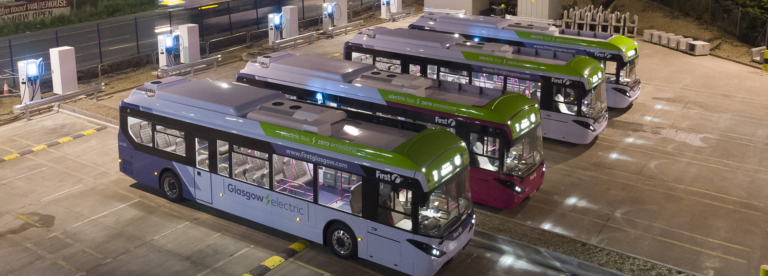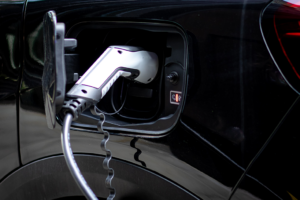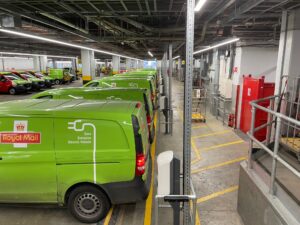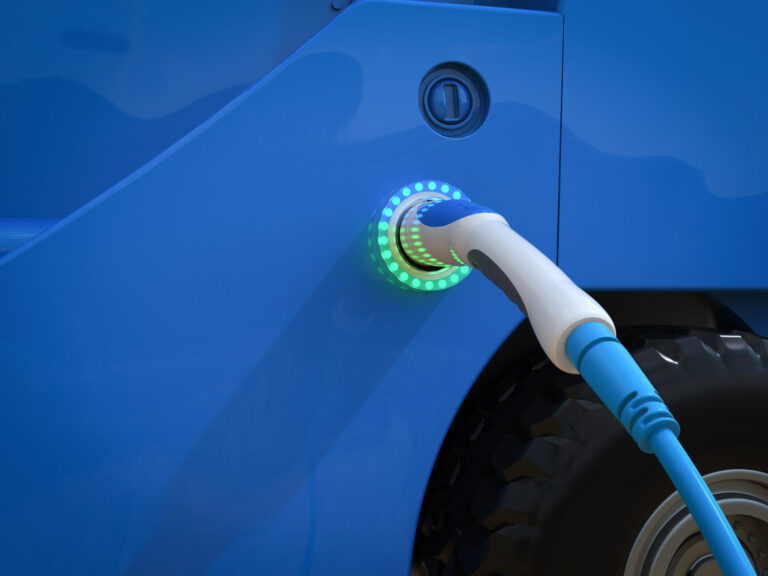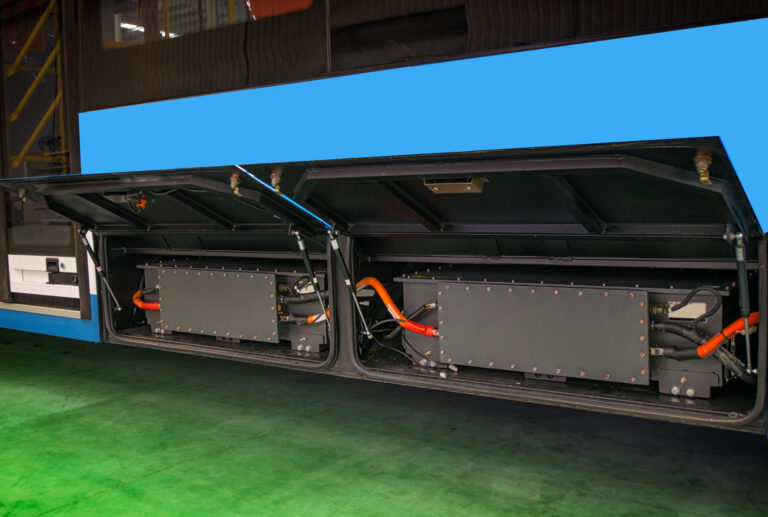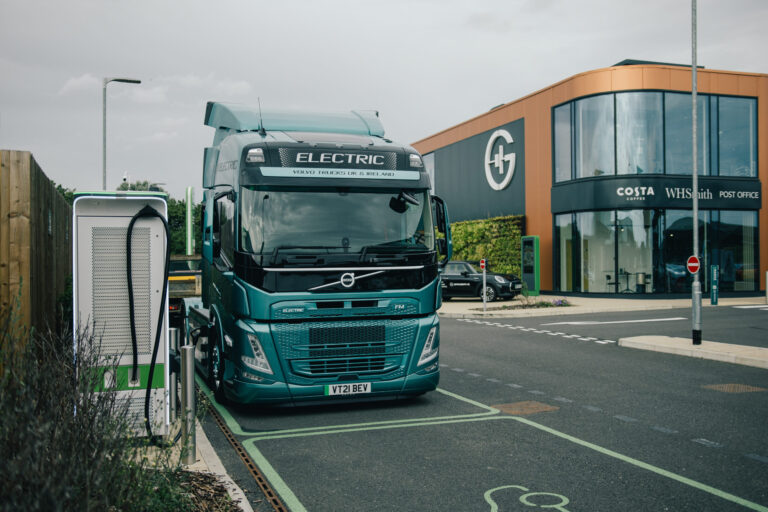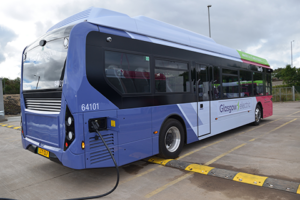
Making tomorrow possible


We optimise and simplify
We simplify the whole decarbonisation process so you can focus on delivering for your customers. Through a long-term partnership, we develop your EV transition strategy, charge your fleet, finance and extend the life of your batteries and decarbonise your entire depot. This allows you to generate, and take advantage of new revenue opportunities.

So you can focus on your customers
By optimising and simplifying your operations, provide ongoing support, reporting and daily management, we take the day-to-day running off your hands so you can get the most out of our technology while freeing up your time to focus on what you do best.
Explore our approachOur customer stories
News and insights
